Ryan Gosling Blue Jays Come Hang Out Blade Runner
15 'Blade Runner' Callbacks in 'Blade Runner 2049' (Photos)
The sequel to "Blade Runner" makes plenty of sly and overt references to the original
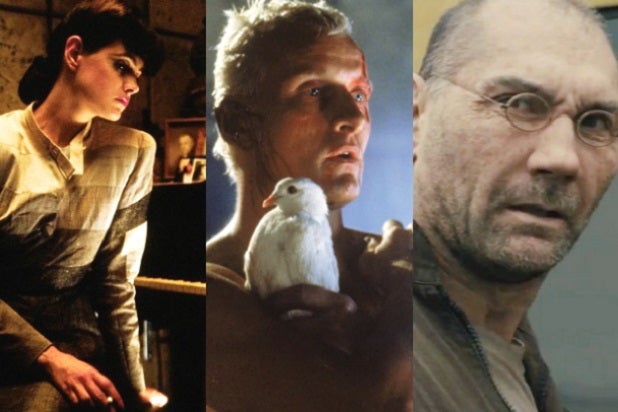

Though they're separated by 30 years in the movies' universe and even more time in our world, "Blade Runner 2049" includes lots of callbacks to the original "Blade Runner." From plot points that directly reference the original 1982 film, to visual Easter Eggs scattered throughout, "Blade Runner 2049" scatters its references pretty liberally. Warning: Spoilers within!
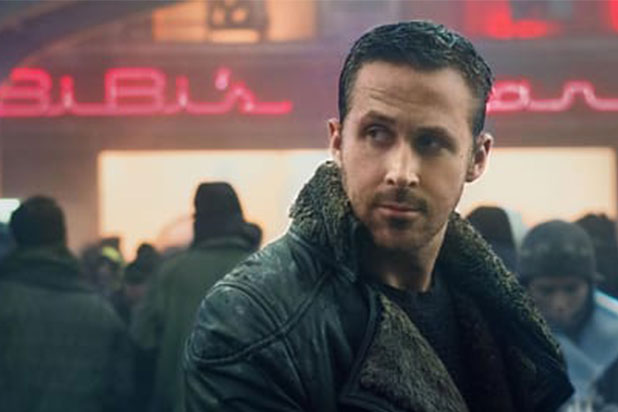
Warner Bros.
Blade Runners
Both films are named for special police officers called Blade Runners that specialize in identifying, hunting down and "retiring" renegade Replicants. Rick Deckard (Harrison Ford) was a particularly good Blade Runner in the original movie, and Officer K (Ryan Gosling) picks up the mantle in the new movie.

Warner Bros.
Replicants
Genetically engineered humans known as Replicants (which aren't actually robots, but they are artificial people) are used for slave labor, combat and difficult, dangerous jobs in the "Blade Runner" universe. In the first movie, their lifespans are limited to keep them from violent uprisings and developing nascent emotions. Replicants were banned after uprisings and violence after the first movie, but Niander Wallace (Jared Leto) developed a way to make them more obedient, reviving the business and creating a new model of more obedient Replicants, the Nexus-9s.
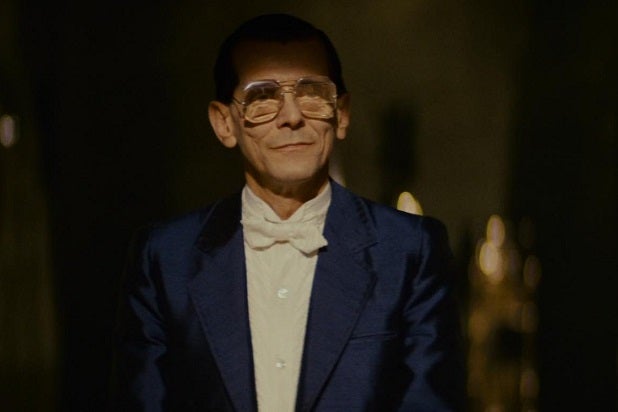
Warner Bros.
Memories
Memory is a major plot point and theme throughout both "Blade Runner" movies. In the first, the Tyrell Corporation was beginning to use implanted false memories to help Replicants develop human emotions -- he gave Rachael the memories of his niece. In "Blade Runner 2049," implanted memories are standard in all Replicants, but the use of real human memories (as opposed to manufactured ones) is illegal.

Warner Bros.
Rick Deckard
The Blade Runner from the original film is a central figure in the mystery of "Blade Runner 2049." Ford reprises the role, as trailers have made clear. Deckard still has a penchant for whiskey even 30 years later.
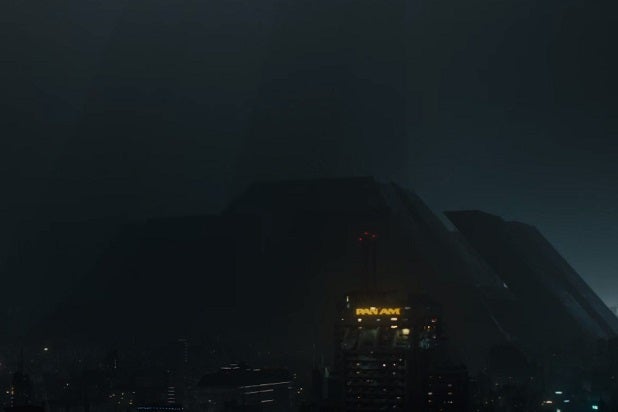
Warner Bros.
Tyrell Corporation
Back in 2019, Tyrell was the company responsible for first creating Replicants. The company had created six different iterations by the time of "Blade Runner," but eventually collapsed after Tyrell was killed in the first movie and Replicants repeatedly went renegade. The company was bought, and the Replicant business was salvaged by Wallace in the 2030s. Tyrell's iconic pyramid is still a major part of the L.A. skyline, and the company's motto, "More human than human" is referenced as well.

Warner Bros.
Rachael
In "Blade Runner," Rachael (Sean Young) worked for the Tyrell Corporation but turned out to be a Replicant. Apparently, a prototype made by industrialist Eldon Tyrell, Rachael had implanted memories that made her believe she was human, rather than a Replicant. She and Deckard fell in love and escaped L.A. together. "Blade Runner 2049" reveals that Rachael was a Nexus-7 model, which means she might not have had the limited four-year lifespan of the Nexus-6 Replicants (among other changes, like her implanted memories).
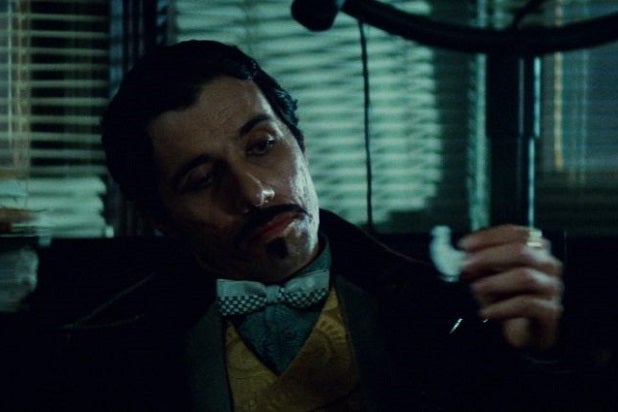
Warner Bros.
Gaff's origami
When Deckard returned to the job in "Blade Runner," he was paired with Gaff (Edward James Olmos), another officer. Gaff didn't talk much, but he often communicated by creating origami animals. He does so again when he appears briefly in "Blade Runner 2049," creating an origami sheep that references the Philip K. Dick novel "Do Androids Dream of Electric Sheep?", from which "Blade Runner" is adapted.
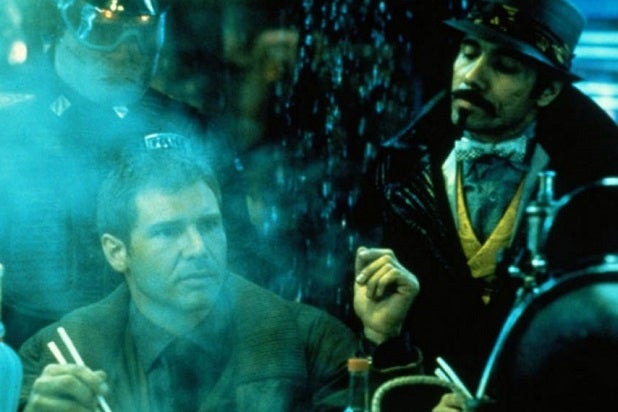
Warner Bros.
Cityspeak
The weird language spoken by various people throughout Los Angeles is a hybrid known as Cityspeak. The person who primarily speaks it in "Blade Runner" is Gaff, and Olmos invented most of it during the course of filming. The language pops up from time to time in "Blade Runner 2049" as well.

Warner Bros.
Artificial animals
Environmental calamity (or maybe nuclear war — it's never really clear) has ruined the world of "Blade Runner," resulting in the endless rains and suffocating fog surrounding Los Angeles in the films. Another casualty: animals. Genetically engineered artificial animals are mentioned a few times in "Blade Runner." K pointedly asks whether a dog is real in "Blade Runner 2049," showing things haven't gotten much better on the environmental front.
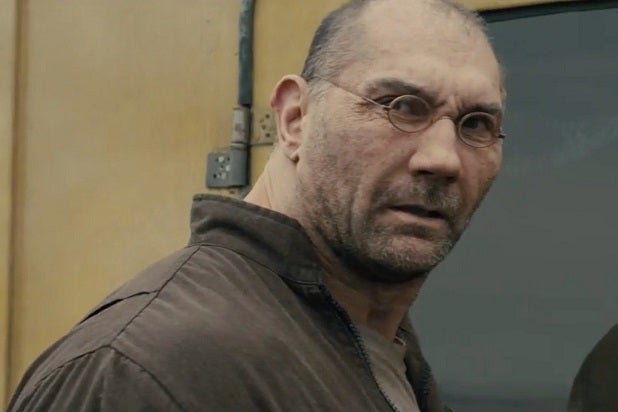
Warner Bros.
"Skinjob"
The derogatory term used for Replicants refers to the fact that they look human but technically are not. In "Blade Runner," Deckard's lieutenant in the LAPD first uses the term. In "Blade Runner 2049," another officer slings the slur at Officer K early in the movie. (The term also shows up in the 2004 "Battlestar Galactica" reboot, which features genetically engineered artificial people and stars Edward James Olmos, as a "Blade Runner" reference.)
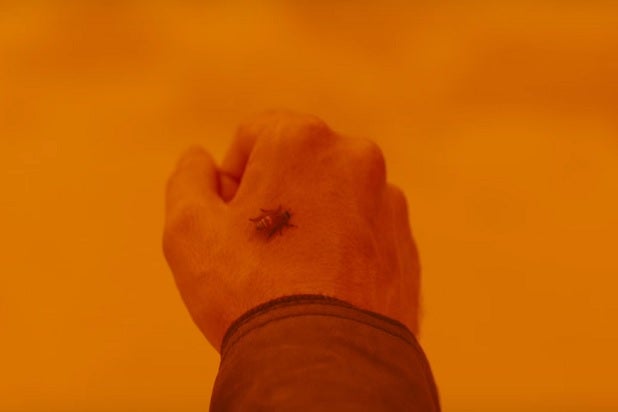
Warner Bros.
The wasp
Empathy toward other living creatures is a key point in "Do Androids Dream of Electric Sheep?" and "Blade Runner." During Rachael's Voight-Kampff test in "Blade Runner," Deckard asks her what she would do if she saw a wasp crawling on her arm. "I'd kill it," she quickly replies. In "Blade Runner 2049," K has a moment in which a bee lands on his hand, and he pointedly watches it without hurting it. It's not quite a wasp, but the similarity doesn't seem like an accident.

Warner Bros.
Eyes
Both "Blade Runner" and "Blade Runner 2049" use close-up shots of eyes early in the film -- while not revealing exactly whose eyes are being shown, or whether they belong to humans or Replicants. In "Blade Runner," Replicant Roy Batty visits a genetic designer who created his Nexus-6 eyes. Replicant characters in the first movie are also often lit so their eyes shine.

Warner Bros.
Pan Am
Pan Am was once the largest international airline carrier in the U.S. The airline collapsed in 1991, but when the future of "Blade Runner" was imagined in 1982, the company still existed in 2019. And it persists even further into the future in "Blade Runner 2049."

Warner Bros.
Atari
Video game publisher Atari came into prominence in the 1970s and was a big deal in the burgeoning gaming market by 1982. Since then, the company has been split up and acquired numerous times. It hasn't fared as well as it did in the "Blade Runner" universe, where its huge ads appear both in 2019 and 2049.
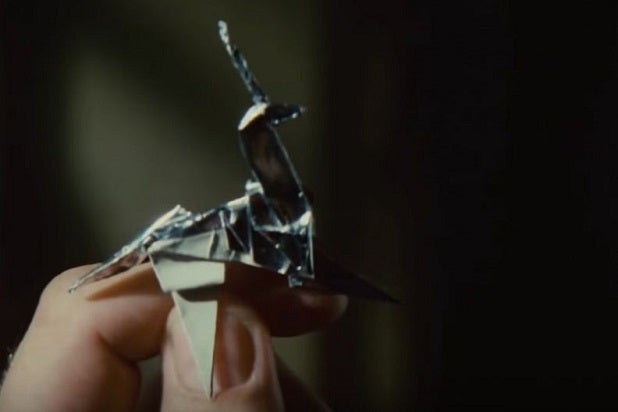
Warner Bros.
The wooden horse
K spends a lot of "Blade Runner 2049" trying to figure out the importance of a wooden horse, which is a particular clue in his investigation. It's not a stretch to see the horse related to the unicorn that featured prominently in later cuts of "Blade Runner." In the director's cut and "Final Cut" of "Blade Runner," Deckard saw a vision of a unicorn throughout the film, and the movie ends with him finding an origami unicorn left behind at his apartment by Gaff. It's the unicorn that forms the main evidence that Deckard might have been a Replicant in the first film.
Source: https://www.thewrap.com/blade-runner-callbacks-2049/
0 Response to "Ryan Gosling Blue Jays Come Hang Out Blade Runner"
Post a Comment